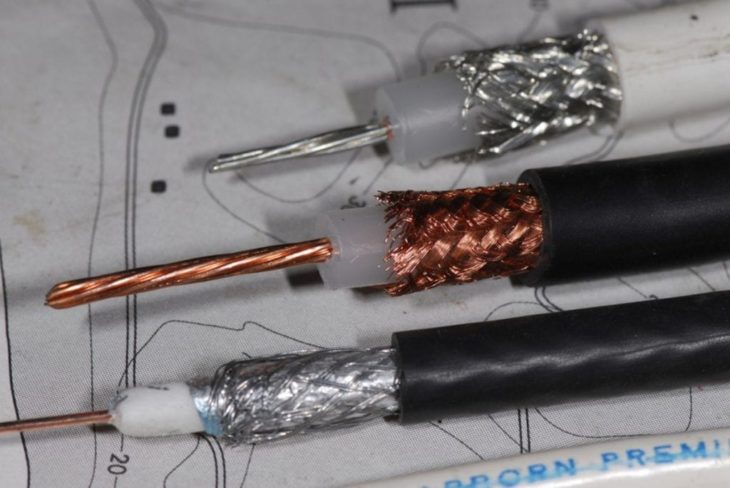Finding an ideal spot to place your TV antenna isn’t an easy task. It has something similar to ghost hunting, since you are looking for an invisible thing, and you may look like a looser whereas you’ll probably lose a few channels after changing the position. While ghosts don’t exist (probably), we sure know that TV signal is out there somewhere. So for GhostBusters fans, make a little fun out of this boring process, gear up with antennas, tapes, and amplifiers, and let’s do some Signal Busting.
So here are some tips for how to get more channels from inside of your home. And to forewarn you, maybe you’ll have to spend an additional dollar or two. So first step and likewise for other tips: Experiment!
Experiment with location
The best indoor antenna in the room that you can get at the moment is the Mohu Leaf flat antenna type. Certainly the DB4 metal one will do the work, but the Mohu takes less space and is easier to maneuver. Put it against windows or walls and use tape for temporary placement while you search for channels. The less time-consuming option is to go to the (https://www.fcc.gov/media/engineering/dtvmaps) type your zip code and see where are nearest TV stations and move the antenna to face the most suitable transmitter. And when I say experiment, it includes horizontal positions. Yeah, it may sound weird, but some people reported amazing reception when placed on a floor or against the ceiling.
Different cable or room

Source: passagemaker.com
Try putting it on the second floor of your house or in the attic, and if you have the skylight, then I highly recommend you to put it there. If there is no need for it, don’t, since it technically weakens the signal. But you may find yourself in a need for a longer cable to reach the walls. If so, you may at first try moving it outside. Many antennas come with the RG59 cable, but many users reported better reception with an RG6 coax cable. It makes sense since it has a thicker conductor and better insulation and shielding. Why is shielding important? Well…
Electronic interference
A lot of users reported absurd things interfering with the signal, like a hair clipper or fluorescent light. It’s not that absurd since all electric devices and equipment can cause a weaker signal. While testing the signal, try turning off all nearby devices, like DVDs, Wi-Fi routers, set-top boxes, etc. If it does disturb, and you don’t want to keep shut all of your other devices while the TV’s on, you may want to use a longer cord or even move the antenna in the other room.
Additional
If you want or already have an amplifier, you should try first removing it since it can handicap your signal if the nearby stations are strong. Use it only if the station is far away (over 20 miles), or if the station finder marks stations as red or yellow.
Sometimes even banal things work, like a wire hanger. So use any piece of metal to strengthen it. But the better option is to use two antennas and a coupler if you have found more than one sweet spot. (Be sure to use a coupler, not a splitter. There is a huge difference, but it looks almost the same)
Some TVs don’t have very good Tuners (a place that gathers all the signals), so instead of buying new TVs, get a Tablo TV or DVR+.
And finally, if none of it works, the best possible option is to put it on a rooftop. The signal is much better, and that’s a fact.
Don’t forget Re-scan regularly. You may get some new channels from time to time.
